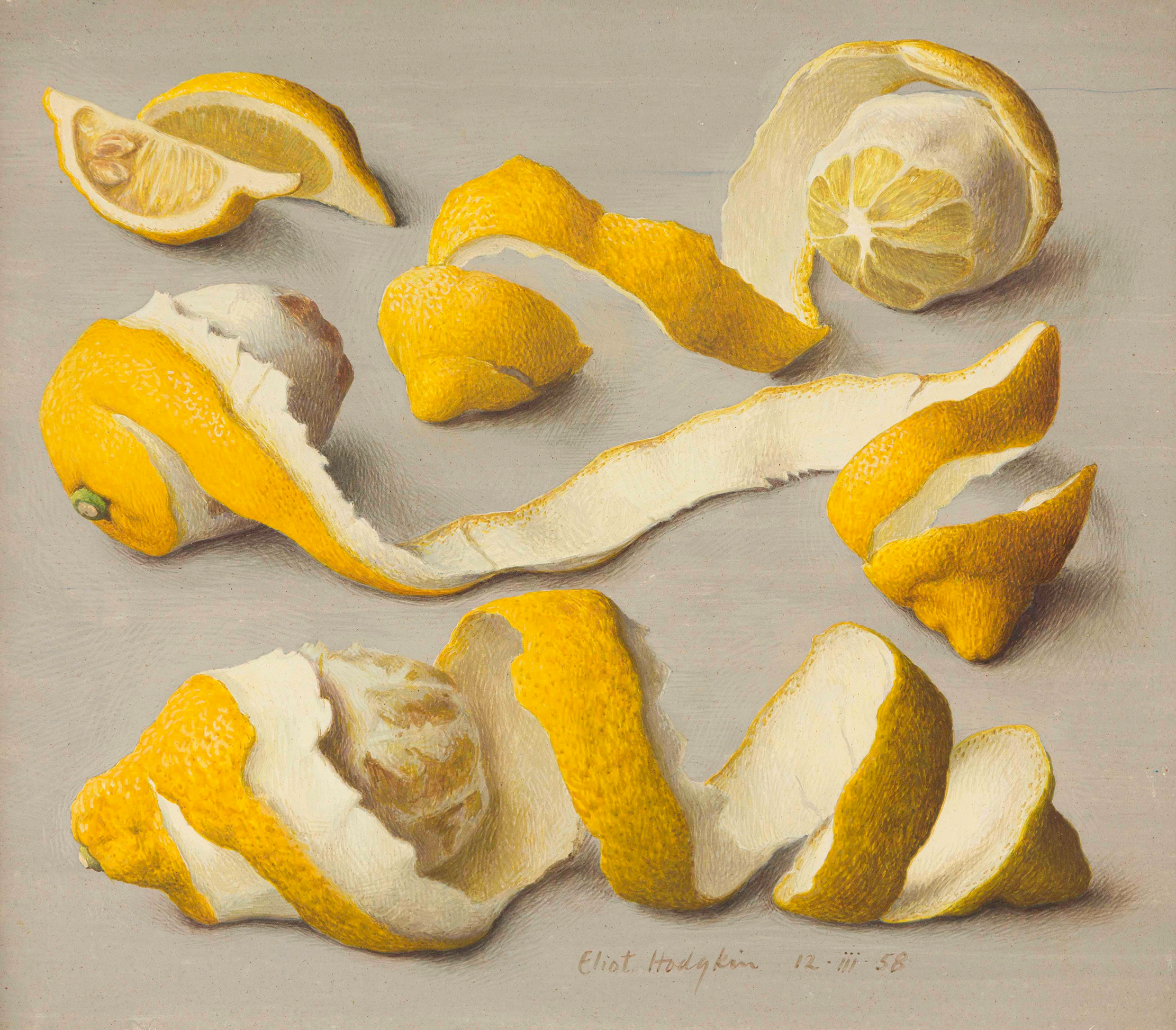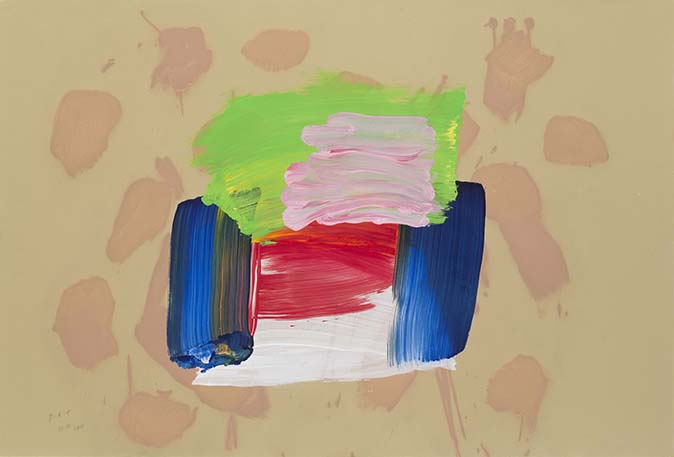My Favourite Painting: Mark Hedges
Mark Hedges, editor of Country Life magazine since 2006, chooses his own favourite painting for one of his magazine's best-loved regular slots.


Mark Hedges on Peeled Lemons by Eliot Hodgkin
'In 2019, I had never heard of Eliot Hodgkin, but this extraordinary image of peeled lemons was on the Art Editor’s computer screen as I walked through the Country Life office. I was transfixed. The ordinary had been made extraordinary.
'A complete rethink to that week’s front cover ensued and, although I eventually chose one of his remarkable paintings of strawberries for that honour, it was the lemons with their spirals of peel that have continued to astonish. There is something meditative in the simplicity of the fruit and the twists and turns the peel has taken.'
Mark Hedges is Editor-in-Chief of Country Life.
Charlotte Mullins comments on Peeled Lemons
Eliot Hodgkin had the eye of a Victorian naturalist and the skill of a Dutch Golden Age painter. For much of his life, he painted the natural world, from peonies to plantain, toadstools to turnips. He completed paintings of British flora and fauna throughout the calendar year, like a postwar Book of Hours, as well as many studies of fruit, vegetables and flowers.
These lemons were painted in 1958, the year he held his first solo show in America. Hodgkin had a modest number of solo shows in his lifetime, but he was a stalwart exhibitor at the Royal Academy’s Summer Exhibition, where Peeled Lemons was first shown. There is nothing superfluous in this painting; nothing distracts from the three fruits and two lemon wedges seen slightly from above, their skins carefully spiralling away. We can see their juicy flesh, opaque white pith, pitted skin and the green nubs where they once hung from the tree.
Hodgkin painted in tempera, a quick-drying medium made from binding pigment with egg yolk (a method he learned from his friend and former teacher Maxwell Armfield). He preferred it to oils, enjoying its speed and how it allowed him to achieve exacting definition. As he wrote in 1946: ‘Why tempera?… Because tempera enables me most nearly to achieve the effects I am aiming at… I try to show things exactly as they are, yet with some of their mystery and poetry, and as though seen for the first time.’

Credit: Courtesy of the artist’s estate/Alan Cristea Gallery
My favourite painting: Roger Wright
'Its typically powerful brushstrokes and juxtaposed gorgeous colours give a heart warming and evocative sense of fun and nostalgia'

The Botanical painters whose artworks are a celebration of nature's endless diversity
Expert gardener and gardening writer Steven Desmond shares three of his favourite botanical painters whose works have inspired him.
Exquisite houses, the beauty of Nature, and how to get the most from your life, straight to your inbox.

In Focus: T.S. Eliot's Journey of the Magi, the masterpiece that was dashed off in 45 minutes
Far from a celebration, the poem is a metaphor for the voyage Eliot believed the human spirit must make to

The tale of a ‘real-life’ Billy Elliot: How cricketer Alexander Campbell swapped batting for ballet
Today, Alexander Campbell is a principal at the Royal Ballet. But for a long time it seemed that his destiny
Country Life is unlike any other magazine: the only glossy weekly on the newsstand and the only magazine that has been guest-edited by His Majesty The King not once, but twice. It is a celebration of modern rural life and all its diverse joys and pleasures — that was first published in Queen Victoria's Diamond Jubilee year. Our eclectic mixture of witty and informative content — from the most up-to-date property news and commentary and a coveted glimpse inside some of the UK's best houses and gardens, to gardening, the arts and interior design, written by experts in their field — still cannot be found in print or online, anywhere else.
